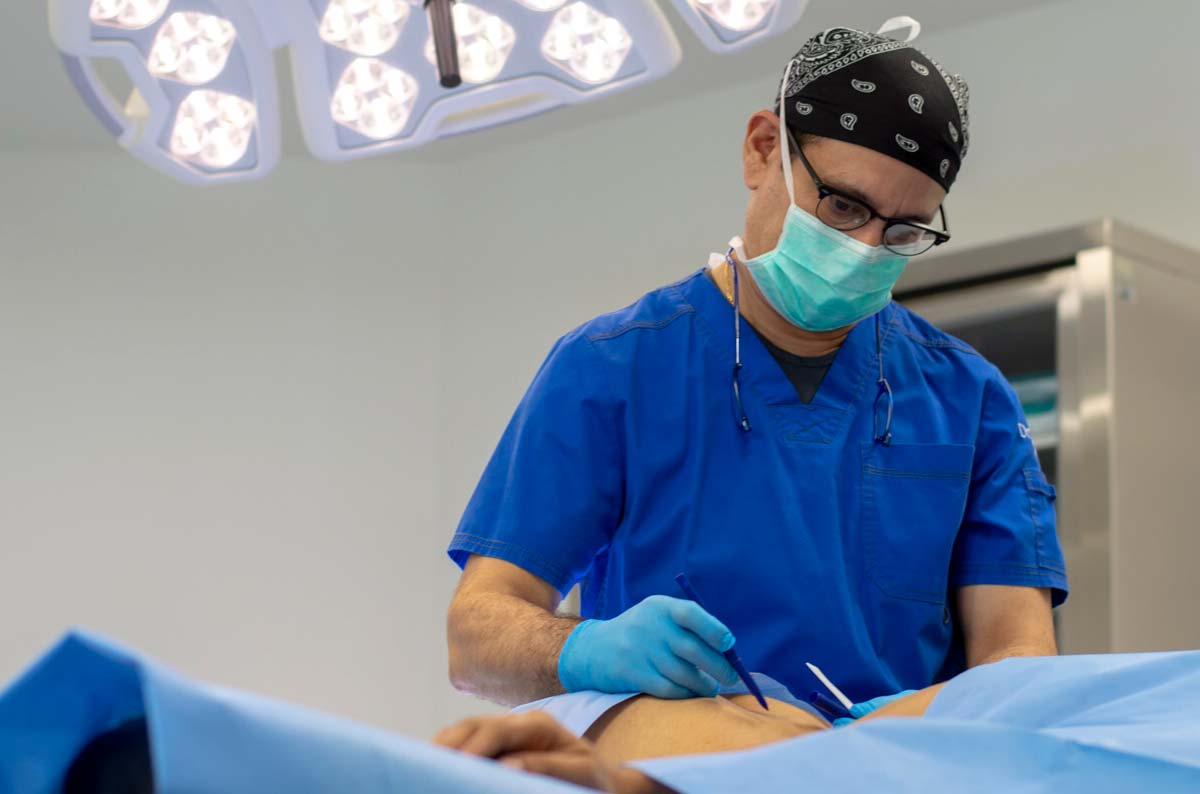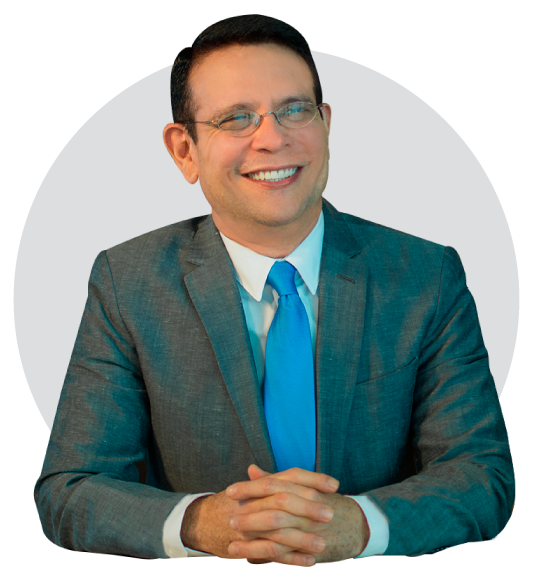The center of the aesthetic universe of the face is the nose.
Rhinoplasty is surgery that modifies the shape of the nose, and is one of the most frequently performed surgical procedures in plastic surgery. Rhinoplasty can decrease or increase the size of the nose, change the shape of the tip or the back, narrow the nostrils or change the angle between the nose and the upper lip. It also corrects congenital problems, trauma, and some respiratory (functional) problems.
The nose is one of the most important aesthetically speaking facial features and its relationship with the other structures of the face has an immense effect on our appearance. Additionally, the nose performs critical functions to allow air to breathe and condition it before it reaches the lungs.
Nasal deformities, although not always, are associated with deformities inside the nose which can cause respiratory obstruction. These nasal deformities can result from previous blows to the nose, hereditary causes and others.
The surgeries to modify or correct the abnormalities of the septum we call them Septumplasty. Its purpose is to improve or relieve nasal obstruction. Rhinoplasty and septoplasty are operations that are performed through small incisions inside the nose. They can be done separately or together, depending on the nature and severity of the present deformity.
The aesthetic contribution of a nose to the overall appearance of our face is immense both when said contribution is desirable and when it is undesirable. Due to the above in rhinoplasty, perhaps more than in any other cosmetic surgery, the concept of HARMONY or AESTHETIC BALANCE should be recognized and respected. When planning surgery, the plastic surgeon should try to preserve those “positive” characteristics and correct only those that deteriorate their nasal and / or facial appearance.
The purpose of all types of cosmetic surgery is to improve your appearance as much as possible. Aesthetic surgical procedures are not magical and have limits and Rhinoplasty is no exception. Although it may seem obvious, through bad information or misconceptions, these ideas occasionally reach the public.
All cosmetic surgical procedures involve some risks or disadvantages. Your surgeon should let them know and answer any questions you may have.
All Nose Surgery (Rhinoplasty) should be performed under general anesthesia, only in strictly specific cases, where the surgeon has evaluated the patient, could it be with local anesthesia and sedation.
The time of a Rhinoplasty ranges between 2-3 hours. Rhinoplasty may be ambulatory or require hospitalization. The operation is performed through the nostrils, without touching the skin, which avoids any type of scar. Rhinoplasty is a very demanding procedure for the surgeon, since as it is understood, it is performed by touch since direct vision is impossible.
Very rarely it is necessary to cut the skin, sometimes they are used to close very wide nostrils and even so there are no scars left.
Inflammation (edema) is almost always marked, but will depend on the individual response of each patient. Although there are patients who have little edema, these are the least. In addition to inflammation, there are bruises. There may be more or less, but they will always be. They are not a complication. They are a logical consequence of this type of surgery. However these disappear between 15 and 20 days. The inflammation is more prolonged: although you will look great one month after the procedure, for the surgeon it will persist (although imperceptibly) for several months. The recovery time, that is to say for the incorporation to the daily tasks (work, study, housewife or in patients who attend from abroad) has an average of 3 weeks, since the attending physician will have to follow up until his discharge

Posted 16 October, 2019

Posted 7 October, 2019
